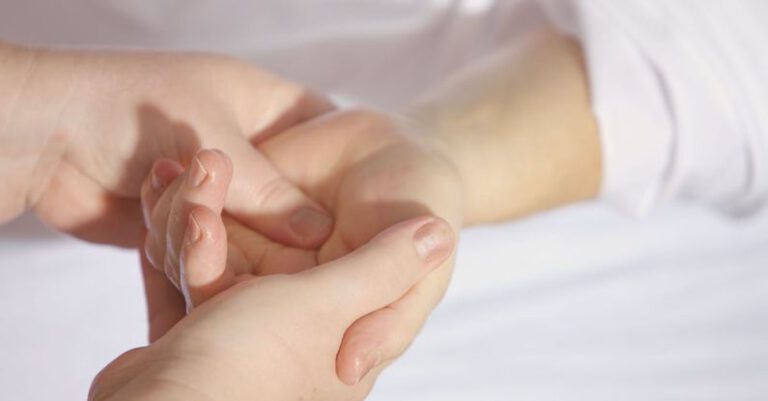
Ice baths have gained popularity in the world of sports and fitness for their potential benefits in aiding recovery and enhancing performance. Athletes, from elite professionals to weekend warriors, have been incorporating ice baths into their routines to help alleviate muscle soreness, reduce inflammation, and improve overall well-being. In this article, we will explore the science behind ice baths, how to properly use them, and the potential advantages they offer for recovery and performance.
The Science Behind Ice Baths
Ice baths, also known as cold-water immersion, work on the principle of cold therapy or cryotherapy. When the body is exposed to cold temperatures, blood vessels constrict, reducing blood flow to the extremities and redirecting it to vital organs. This process, known as vasoconstriction, helps reduce inflammation and swelling in the muscles, which can occur after intense physical activity.
Additionally, the cold temperature of the water can help numb nerve endings, providing a temporary pain relief effect. This numbing sensation can help dull the perception of muscle soreness, making it more tolerable for individuals undergoing recovery post-exercise.
How to Use Ice Baths Effectively
To maximize the benefits of ice baths for recovery and performance, it is essential to follow some best practices:
1. Timing: Ice baths are most effective when used immediately after intense exercise or competition. Aim to submerge your body in cold water within 15-20 minutes of completing your workout to capitalize on the vasoconstriction and anti-inflammatory effects.
2. Duration: The optimal duration for an ice bath typically ranges from 10 to 15 minutes. Avoid staying in the cold water for too long, as prolonged exposure can lead to negative side effects such as skin damage or hypothermia.
3. Temperature: The water temperature for an effective ice bath is usually between 10 to 15 degrees Celsius (50 to 59 degrees Fahrenheit). Use a thermometer to monitor the water temperature and make adjustments as needed to maintain consistency.
4. Recovery Protocol: After the ice bath, it is essential to gradually warm up the body to prevent any potential shock to the system. Consider layering up with warm clothing, drinking hot beverages, or engaging in light physical activity to promote blood flow and aid in the recovery process.
Advantages of Ice Baths for Recovery and Performance
Ice baths offer a range of benefits for athletes and fitness enthusiasts looking to enhance their recovery and performance:
1. Reduced Muscle Soreness: By constricting blood vessels and reducing inflammation, ice baths can help alleviate muscle soreness and stiffness following intense physical activity.
2. Faster Recovery: The vasoconstriction effects of cold-water immersion can help accelerate the removal of metabolic waste products from the muscles, facilitating faster recovery between workouts or competitions.
3. Improved Performance: Regular use of ice baths as part of a comprehensive recovery strategy can help athletes maintain peak performance levels by minimizing the impact of intense training sessions on the body.
Incorporating Ice Baths into Your Routine
If you are considering incorporating ice baths into your recovery routine, start by experimenting with shorter durations and gradually increase the time as you become more accustomed to the cold temperatures. Remember to listen to your body and consult with a healthcare professional if you have any pre-existing medical conditions that could be exacerbated by cold therapy.
By following best practices and understanding the science behind ice baths, you can harness the potential benefits of cold-water immersion to support your recovery and enhance your performance in sports and fitness activities. Whether you are a competitive athlete or a recreational exerciser, ice baths may offer a refreshing and effective way to aid your body in bouncing back from intense physical exertion.





